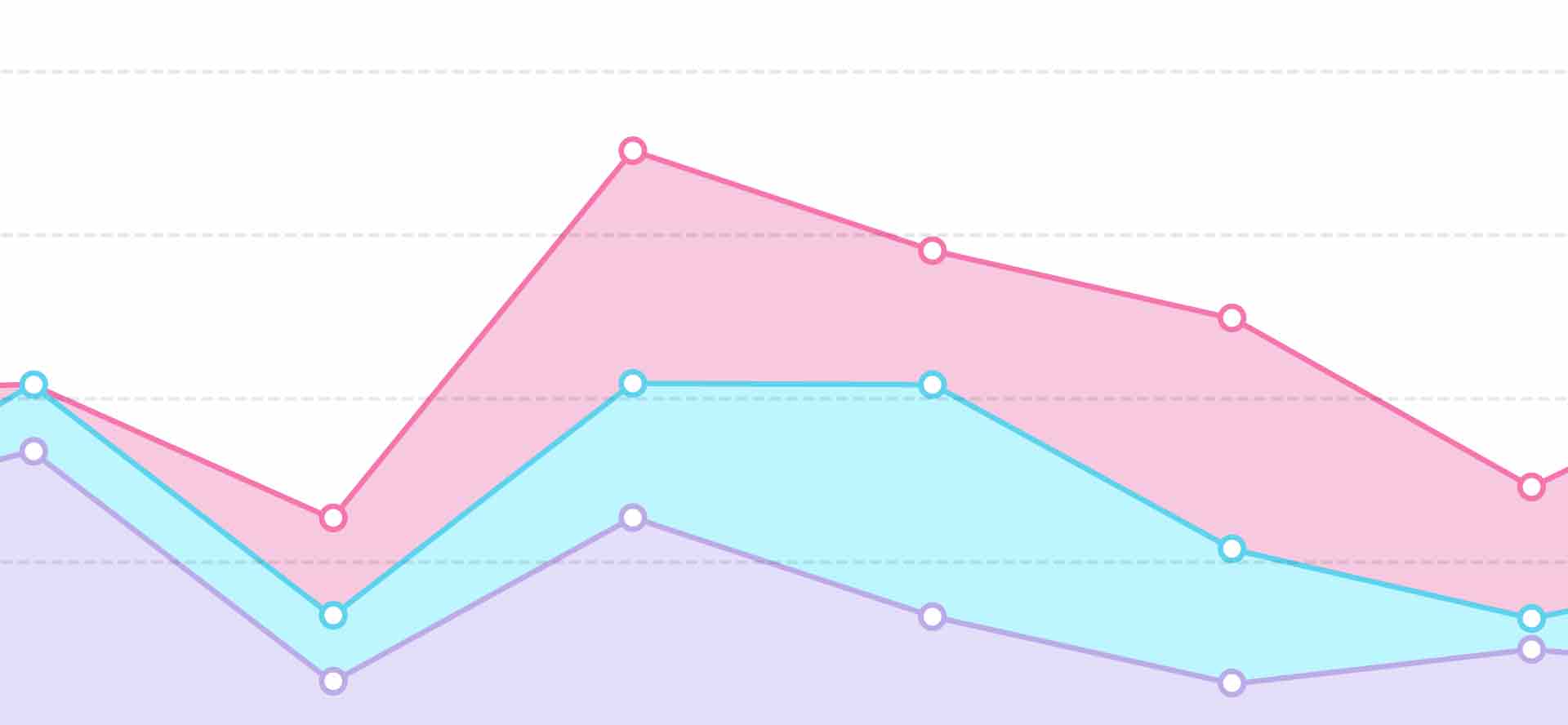Data has been important since the beginning of digital advertising. More specifically, understanding and interpreting data related to digital advertising is important. If you can understand the data that your marketing is producing, it provides better insight into how to optimize your campaigns, and how to make changes that will influence business. Using data, you are able to identify and isolate a problems and solutions and open a door to better decision-making.
For small businesses, it is especially important to understand how data measures success or failure in your marketing. Too often, even baseline or "vanity" metrics are presented in a confusing way. So let’s take a look at a few simple, yet important metrics you need to learn how to analyze your paid and owned media content and what they mean to your business.
1) Click through Rate (CTR)
According to Google, CTR is a ratio displaying how often people who see your ad end up clicking it. This metric is important to understand because it helps you indicate whether or not the targeted audience who are viewing your ad are finding it relevant or helpful. A high CTR is relative to what type of ads you are running and also on what channels. For example, a good CTR for Facebook ads is between 2 to 5% (Albright, 2019). Whereas, for Google search ads an exceptional rate is between 1 to 3% (Volovich, 2016). These benchmarks constantly evolve however, and during the Coronavirus pandemic, Google search ads have seen an increase of average CTR across all industries to over 5.89%! It is important to constantly re-evaluate benchmarks in order to understand where your marketing stands.
2) Average Session Duration
This is the average length of time a person spends viewing content on your website. This is important because you are able to see what product or service your customers are looking at for the longest amount of time, what content they find most interesting and helpful and where they are finding their questions answered. This will help you develop website content that is relevant to your site visitors. From there, you can decide what products and services you should feature more heavily on your website, and which products need ad support or ad expansion into new audiences. Moreover, if you have a blog (which you should,) you are able to see the average time a person is reading your content. This is crucial because if you have a ten-minute blog read, and the reader’s average session is five minutes, then you need to start questioning on where you might be losing them.
3) Conversion Rate
Roughly, the number of conversions divided by the number of visitors is how you determine the conversion rate. With conversion rates, you are able to see what ads are pushing more results, be they sales, leads or prospects, and decide which ads you want to continue to use. Or, you can compare and see what campaigns are producing the highest conversions. This is great to see what advertising is driving tangible results, and what is not. Moreover, another benefit of optimizing your conversion rate is that you’ll be able to increase revenue per visitor and receive more value from the visitors you already have. It is important to establish realistic conversion goals based off of attainable business objectives, and to understand the value of each conversion. Monitoring your conversion rate without strategically designed, customer-focused goals makes this metric dangerous and could lead to decisions that work against your business.
Learning and understanding the data from your digital marketing efforts is crucial for analysis and optimization. Make sure you are optimizing for the right metrics with the right strategies. Or if you need some help, contact us today to learn more about how Zipie can help you make the best of your digital marketing efforts.

